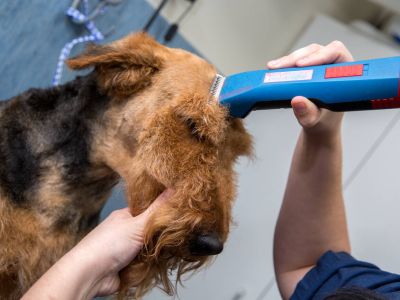Dentistry

Dental disease causes bad breath and pain, it is also a source of infection and can make your pet seriously ill.
Statistics show over 80% of Dogs and 70% of Cats show signs of periodontal disease by the age of three.
Dental disease is preventable in most cases by maintaining good oral hygiene in your pet with appropriate food, brushing your pet’s teeth and other specific products.
Here at Northern Suburbs Veterinary Hospitals we offer FREE dental checks to determine if your pet needs further treatment such as scaling/polishing, tooth extraction, or diagnostic imaging. This treatment involves a general anaesthetic and a full dental examination including charting and imaging. All similar procedures used by your own dentist.
We have a digital dental x-ray machine which can see what is happening below the gum line, over 2/3’s of a tooth is below the gum line and not visible.
Digital radiography is indicated for the following:
• Periodontal disease: to show elucidate pockets, in cats and toy breed dogs to avoid iatrogenic fractures during extractions.
• Tooth Resorption: Resorption makes extraction very difficult, if roots have not been resorbed a complete extraction must be performed and the x-ray gives a guide.
• Endodontic Disease: The most common is camouflaged endodontic disease where the dentin but not the pulp is exposed. These painful infections cannot be diagnosed without dental radiographs.
• Missing Crown: Is the whole tooth missing or there is a retained root still present causing infection.
• Other indications: To confirm diagnosis of a jaw fracture, oral growths/masses, investigate sources of oral pain, extraction of deciduous teeth to determine root structure and pre/post extraction x-rays. We can all relate to dental pain and wouldn’t want to put our furry family through this unnecessarily.




